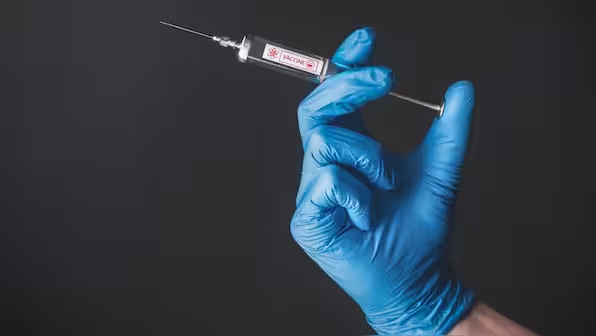Perhaps you were often made fun of for having “chubby cheeks” in elementary school, or you believe that your face is more important than other parts of your body. There are both good and bad news if you’re asking how to reduce facial fat, regardless of your motivation. The good news is that weight loss should show up in your face immediately after you start. Unfortunately, you cannot spot-reduce fat, which means you cannot focus your weight loss efforts on just one place. In fact, there’s more positive news. Don’t belittle your facial fat (or any fat for that matter) because it makes you appear younger. Indeed, many individuals who have lost weight quickly while using injectable drugs like semaglutide have complained about “Ozempic face,” which is the appearance of an aging face. In an attempt to look younger, many people try to inject fillers into their faces to give them volume. These are all factors to take into account while evaluating your facial fat in the mirror.
You cannot aim to reduce facial fat. However, since the face is not a big location of fat storage, weight loss may be more noticeable there, according to Dr. Lydia C. Alexander, president of the Obesity Medicine Association. Therefore, a tiny amount of fat reduction there might be more apparent than, instance, in the thighs or hips. Beth Czerwony, a registered dietitian at the Cleveland Clinic Center for Human Nutrition, concurs that “you can’t spot reduce.” “Regardless of whether we lose weight through medication, bariatric surgery, or diet and exercise, most people notice that your face is getting thinner when you’re actively losing weight.” Therefore, both specialists advise beginning a general weight-loss program with medical assistance if you wish to reduce your body weight. According to Czerwony, obesity is an illness. “So it’s important that you have a really good team if you do decide to use obesity medication.” Experts can teach you good behaviors to help you feel and look better in the long run, and they will make sure you don’t lose weight too quickly, which could make your face appear haggard. According to Alexander, “a healthy diet, stress management, getting enough sleep, and drinking plenty of water will improve your facial appearance overall.”
Numerous factors, such as “fat distribution patterns, hormones, fluid retention, and genetics,” may contribute to a disproportionate amount of weight gain in the face. “Everyone has a part to play,” Alexander says. According to Alexander, some individuals acquire greater facial weight than others. “Where your body stores fat first is largely determined by your genetics; some people naturally have rounder faces with more fat storage, while others tend to store fat in their thighs, hips, or abdomen.” According to her, some people accumulate fat excessively in particular places while others store it more evenly throughout their bodies.
According to specialists, facial exercises, sometimes known as “face yoga,” won’t help you shed weight in your face. As previously stated by Dr. Murad Alam, vice chair of dermatology at Northwestern University, the goal of facial exercises is actually to make your face look younger by making it appear fuller. Face exercises may help restore some of the volume lost as you age since fat pads, or the fat in your face, become less plump as you age: “It appears that the goal of the facial exercises is to help build muscles beneath the fat pads so that, as you work them out, they get bigger and start to do some of the things the fat pads used to do to make your face look fuller,” Alam said. However, according to Alam and other specialists, there is insufficient data to draw the conclusion that these workouts can make your face look thinner or less wrinkled.
You can decrease any facial edema, which could be mistaken for face fat, in addition to beginning a general weight-loss program. There are several ways to reduce the amount of fluid that may be retained in the face and neck region, according to Alexander.
Here are a few of her suggestions:
Reduce sodium intake: The body retains water to dilute excess sodium when it consumes a lot of salt.
Limit processed meals and carbohydrates: The refined carbohydrates in bread, spaghetti, crackers, and many other snack items can cause puffiness on the face. Czerwony continues, “Ask yourself if the food will help you achieve your goals rather than judging it as good or bad.”
Increase your water intake to keep your body from retaining fluid. Lack of water causes the body to retain what it does have.
“Stress raises cortisol levels, which in turn increases insulin resistance, which can cause additional fluid retention,” says Alexander, explaining the need to reduce stress.
Avoid alcohol since it can cause dehydration, which can lead to fluid retention. Additionally, it may trigger the body’s inflammatory reaction.
Enhance your sleep: Inflammation caused by inadequate sleep can be particularly apparent in the face.
Walk and move more: Exercise improves blood flow, including to the face, and relieves fluid retention, both of which improve the appearance of skin.
The only approach to reduce facial fat is to lose weight overall, however reducing inflammation will probably make your face seem better. However, keep in mind that a plump face appears youthful! Therefore, embracing your “baby face” volume might be the best course of action.



